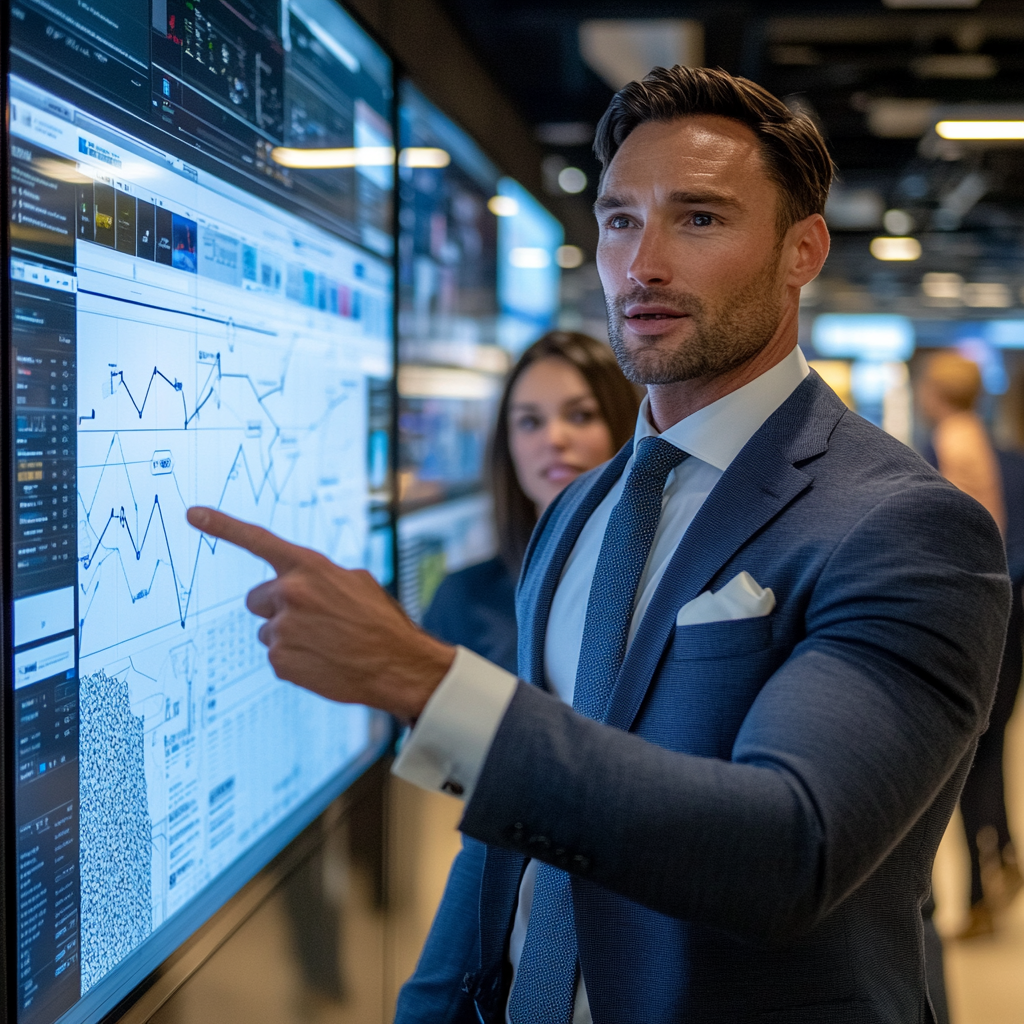Understanding Autoregressive Video Generation
Autoregressive video generation is an innovative area of artificial intelligence that focuses on creating videos frame-by-frame. This method leverages learned patterns of spatial arrangements and temporal dynamics, allowing for dynamic content creation. Unlike traditional video production, which often relies on pre-made frames or transitions, autoregressive models generate videos based on prior information, similar to how language models predict the next word in a sentence. This capability offers a unified approach to video, image, and text generation using transformer-based architectures.
Challenges in Spatiotemporal Modeling
One of the primary challenges in this field is effectively capturing the intricate spatiotemporal dependencies inherent in videos. Videos are complex, containing rich structures that span both time and space. Accurately modeling these dependencies is crucial for generating coherent future frames. When these dependencies are poorly modeled, it can result in broken continuity or unrealistic content. Traditional training methods, such as random masking, often fail to provide balanced learning signals, leading to oversimplified predictions when spatial information leaks from adjacent frames.
Introducing Lumos-1
The research team from Alibaba Group’s DAMO Academy, Hupan Lab, and Zhejiang University has introduced Lumos-1, a groundbreaking model for autoregressive video generation. Lumos-1 closely follows the architecture of large language models and eliminates the need for external encoders, making it more efficient. The model employs Multi-Modal Rotary Position Embeddings (MM-RoPE) to effectively model the three-dimensional structure of videos. Additionally, it utilizes a token dependency approach that maintains both intra-frame bidirectionality and inter-frame temporal causality, aligning more naturally with how video data behaves.
Technical Innovations
One of the key innovations in Lumos-1 is the introduction of MM-RoPE. This method expands on existing Rotary Position Embedding techniques to better balance the frequency spectrum across spatial and temporal dimensions. Traditional 3D RoPE often misallocates frequency focus, leading to loss of detail or ambiguous positional encoding. By restructuring these allocations, MM-RoPE ensures that temporal, height, and width dimensions receive equal representation.
To combat loss imbalance during frame-wise training, Lumos-1 incorporates Autoregressive Discrete Diffusion Forcing (AR-DF). This technique utilizes temporal tube masking, ensuring balanced learning across the video sequence and allowing for high-quality frame generation without degradation.
Performance and Training Efficiency
Lumos-1 was trained from scratch on an impressive dataset of 60 million images and 10 million videos, utilizing only 48 GPUs. This is considered highly memory-efficient given the scale of training. The model’s performance is noteworthy; it achieved results comparable to leading models in the field, matching EMU3 on GenEval benchmarks and performing similarly to COSMOS-Video2World on the VBench-I2V test. It also rivaled OpenSoraPlan on the VBench-T2V benchmark. These comparisons illustrate that Lumos-1’s lightweight training does not compromise its competitive edge. The model supports various generation tasks, including text-to-video, image-to-video, and text-to-image, showcasing its versatility across different modalities.
Conclusion
Lumos-1 represents a significant advancement in the field of autoregressive video generation. By addressing core challenges in spatiotemporal modeling and combining advanced architectures with innovative training techniques, it sets a new standard for efficiency and effectiveness. This research not only enhances our understanding of video generation but also opens new avenues for future multimodal research, paving the way for the next generation of scalable, high-quality video generation models.
FAQs
- What is autoregressive video generation? Autoregressive video generation is a method of creating videos frame-by-frame based on learned patterns of spatial and temporal dynamics.
- What are the challenges in spatiotemporal modeling? The main challenges include accurately capturing the dependencies between time and space in videos, which can lead to continuity issues if not done correctly.
- What is Lumos-1? Lumos-1 is a unified model for autoregressive video generation developed by Alibaba and its partners, designed to efficiently generate videos without the need for external encoders.
- How does MM-RoPE improve video generation? MM-RoPE balances the frequency spectrum for spatial and temporal dimensions, enhancing the model’s ability to encode video data accurately.
- What are the practical applications of Lumos-1? Lumos-1 can be used for various tasks, including text-to-video, image-to-video, and text-to-image generation, making it versatile for different multimedia applications.




























